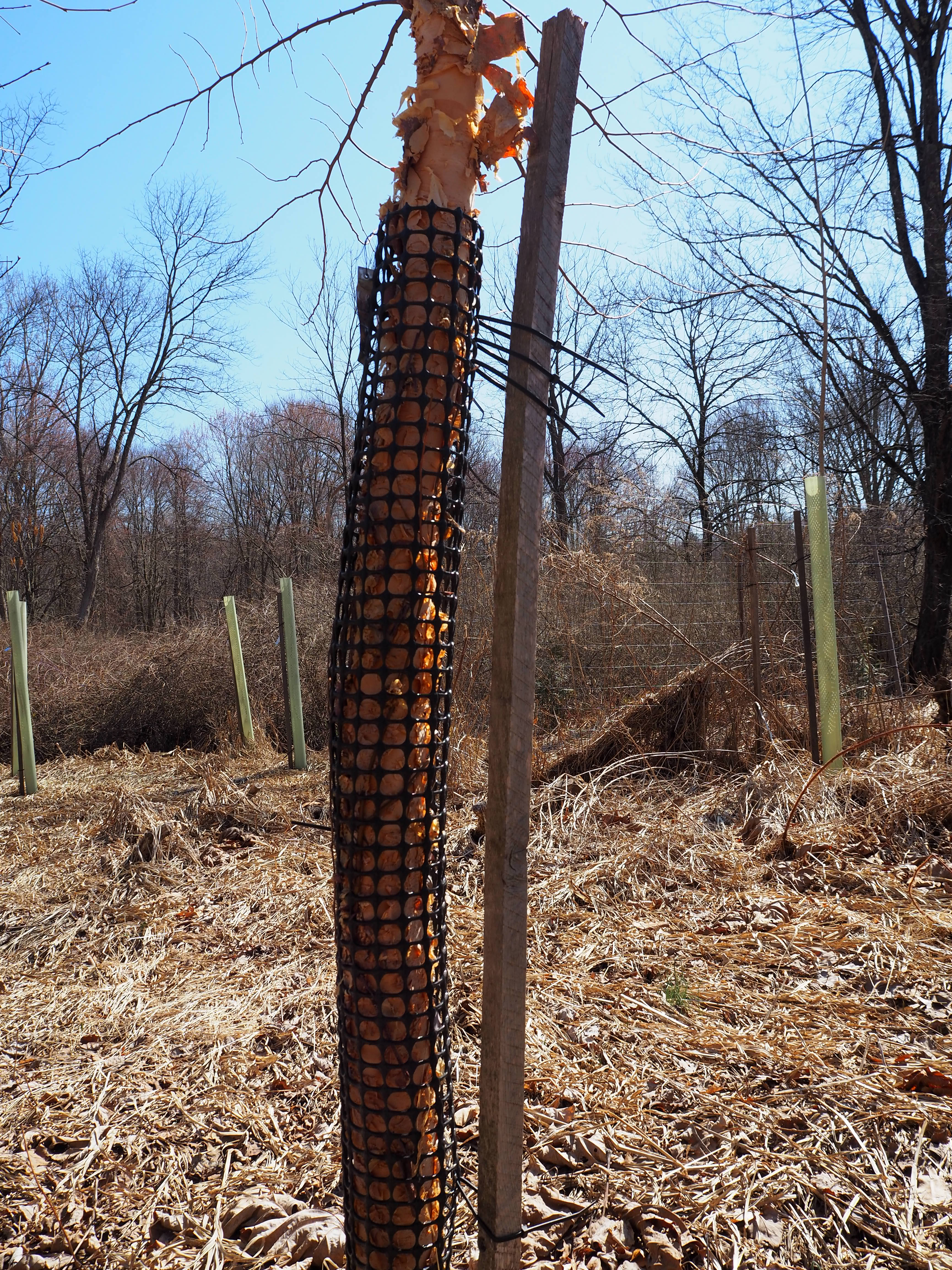Humans and water go together like peas and carrots, salamanders and vernal pools, summer and ice cream.
As I was getting in my car, my new neighbor popped up at my door and said, “Have you seen the waterfalls?” I was surprised to see her there and I was in a hurry but she immediately had my attention. Humans and water go together like peas and carrots, salamanders and vernal pools, summer and ice cream. Water is necessary to life, but also beautiful. The still water of a lake surface, the smooth run of a small stream, the crush of a roiling river, the crashing waves of the ocean. They are all lovely, but there is something special about water coming to the edge a precipice and plunging off the side. It’s mesmerizing and uplifting, especially since negative ions are produced as the water falls. But back to my neighbor. Apparently there were some short waterfalls within easy walking distance. We went to see them the very next day.
There is a lot of water flowing through Delaware County. Half of the road names end in Brook: Loomis Brook Rd, East Brook Rd, Beers Brook Rd, and on and on. It’s no surprise that the New York City watershed is found here. The Catskills/Delaware portion of the NYC watershed actually spans parts of Delaware, Greene, Schoharie, Sullivan, and Ulster counties.
This particular series of waterfalls is located along Launt Hollow Road, just north of State Highway 10 in Hamden, NY. The stream is a tributary to the West Branch of the Delaware River.
Waterfalls form as water flows over layers of soft and hard rock. The softer rock erodes more quickly, and as it is cut away, the watercourse becomes steeper and a ledge of hard rock remains, over which water falls. I put my hand into the falling water and caught a tiny tadpole in my palm. There was also a writhing mass of black fly larvae on a rock beside the pool.
Black fly larvae hatch from the water from eggs that female flies have laid on vegetation or on the water itself. They filter organic matter from the running water after attaching themselves to objects submerged in the water. Adult flies ride air bubbles to the surface and fly away. So why and how were these larvae on a dry rock wriggling around? It was a mystery. I reached out to Cornell Professor of Entomology Cole Gilbert to shed some light on the subject. He hypothesized that recent rains created an isolated pool that evaporated, leaving the larvae high and dry to become tasty little morsels for birds or beetles. It was quite the afternoon. I’d seen beautiful waterfalls and encountered a wildlife mystery all on a short walk from home.
Did you know that you can check for indicators of good water quality when you take a stream walk? Find out how on MyWoodlot.com.








